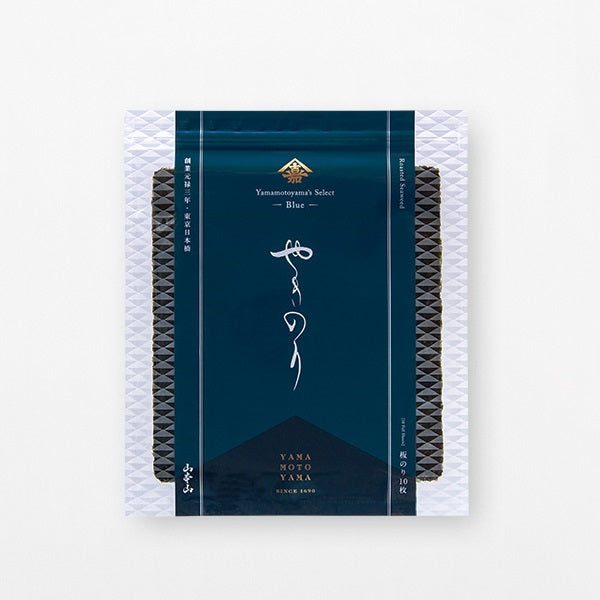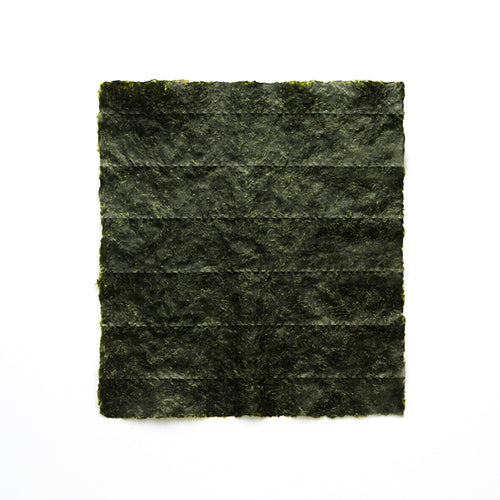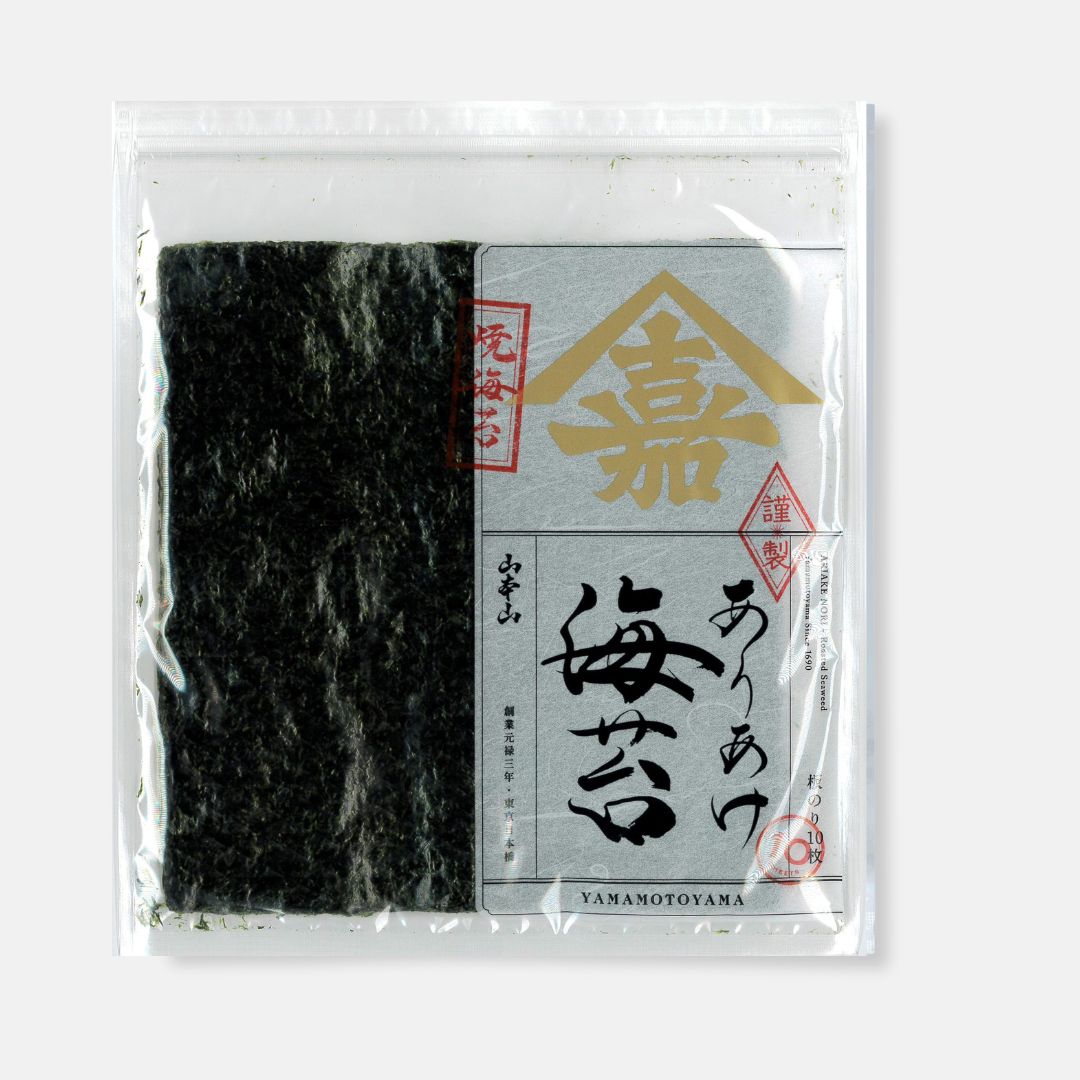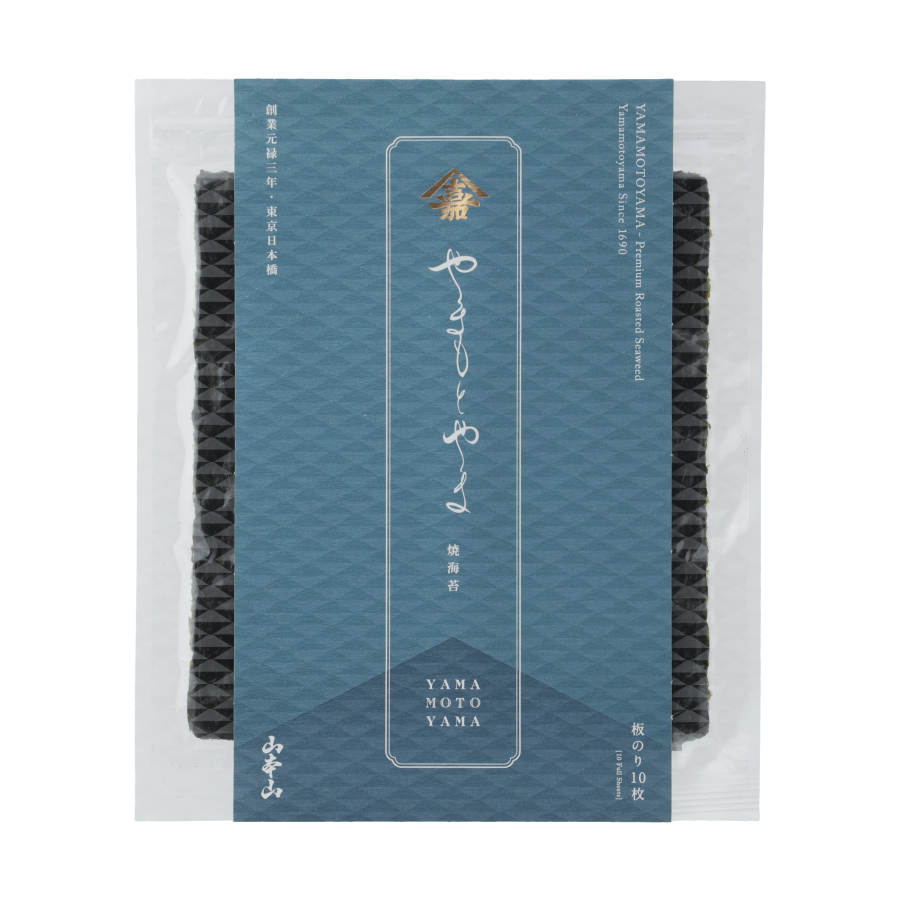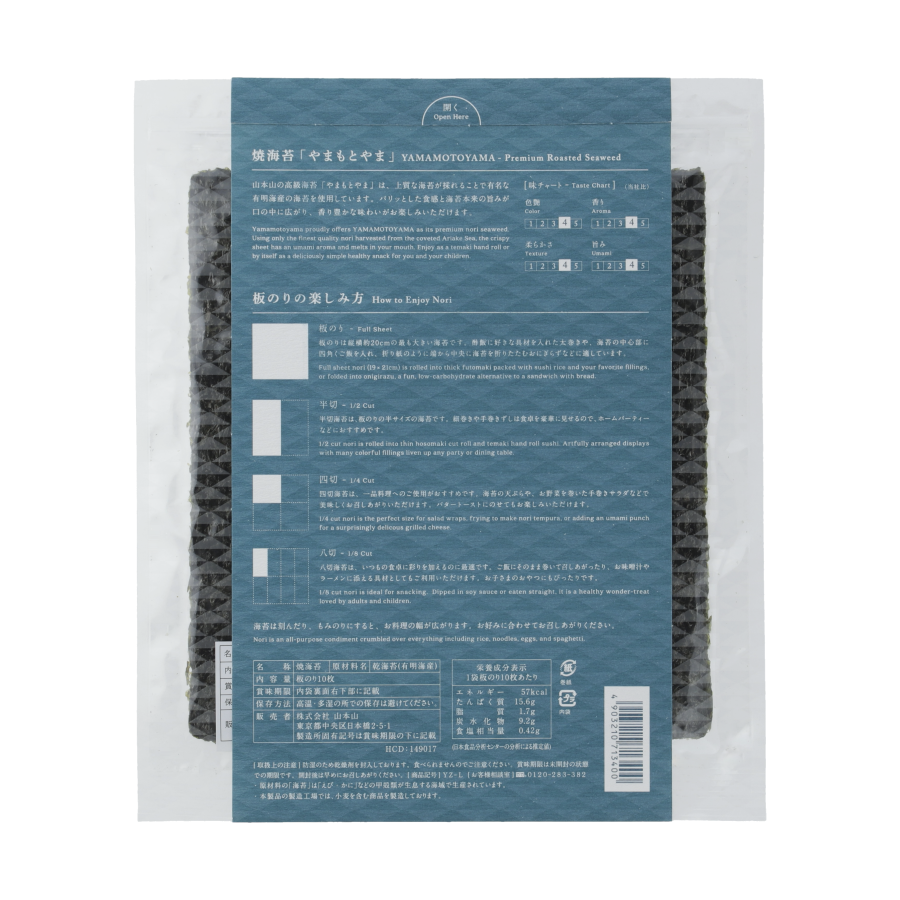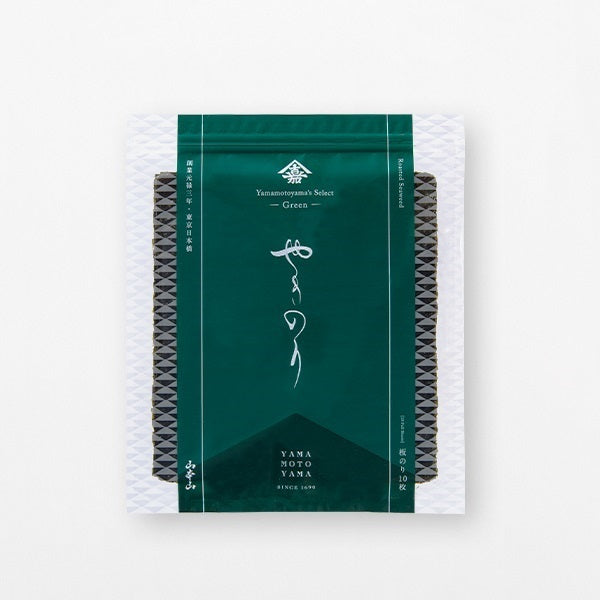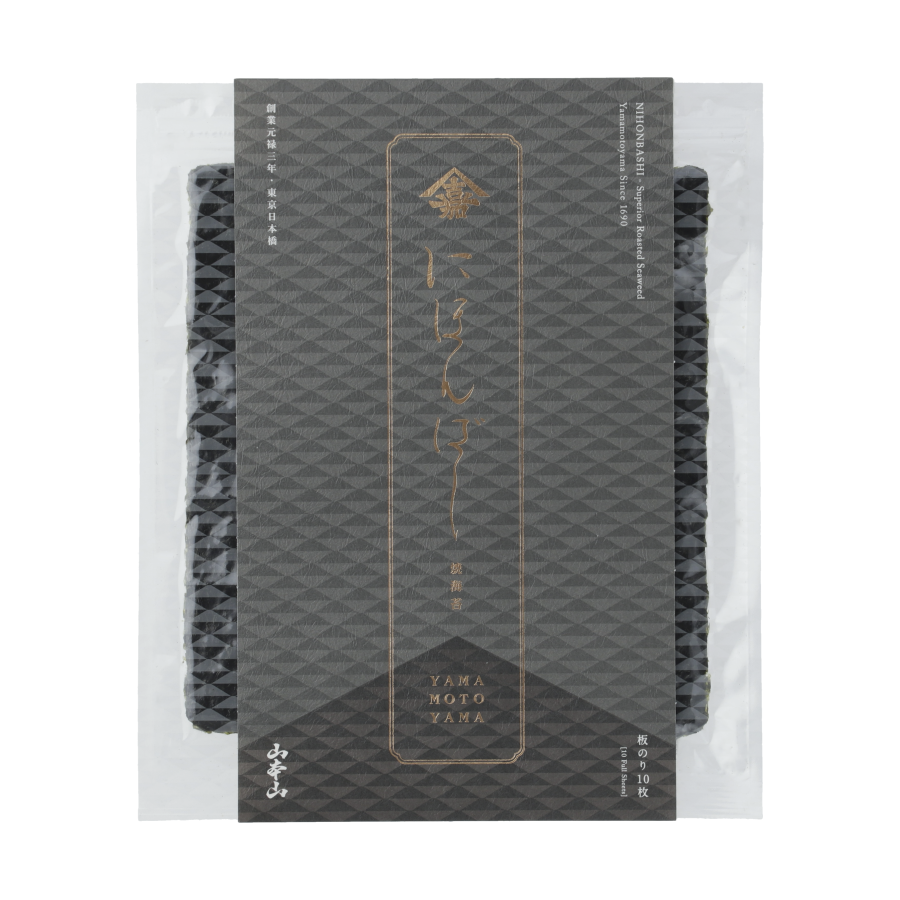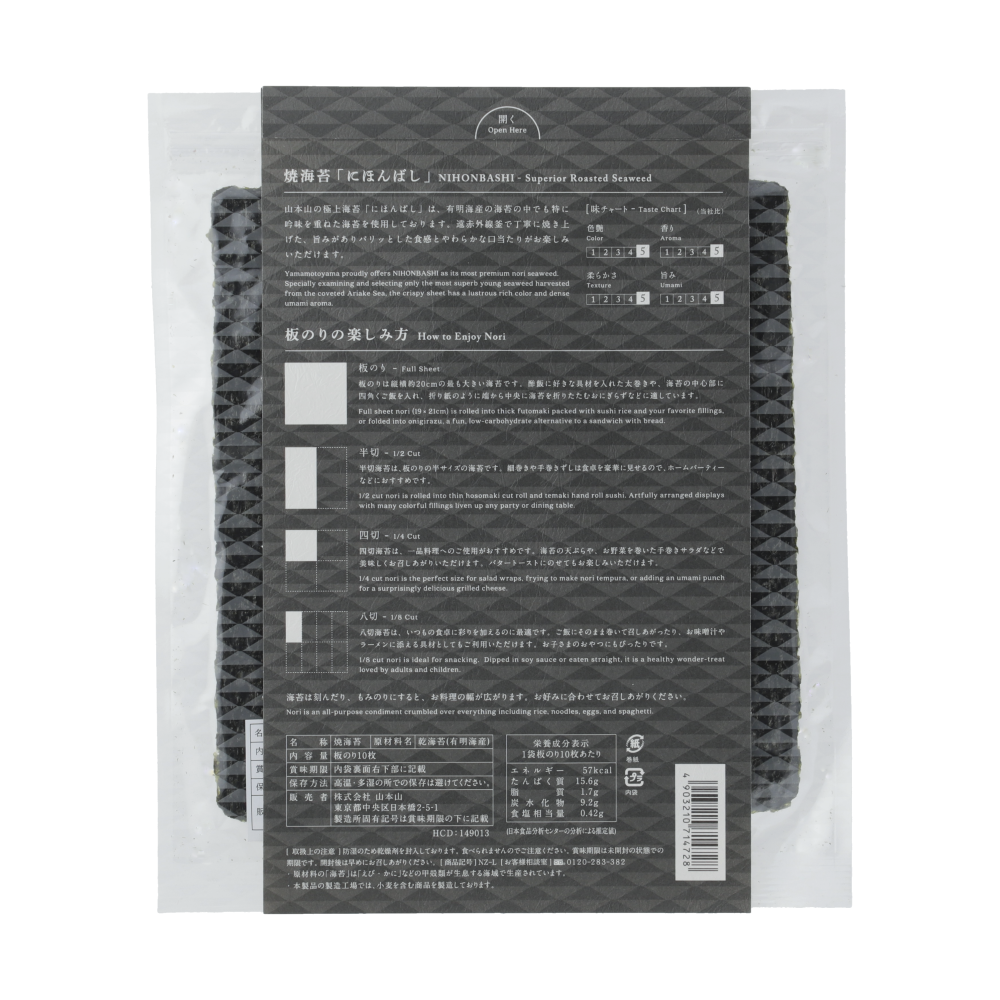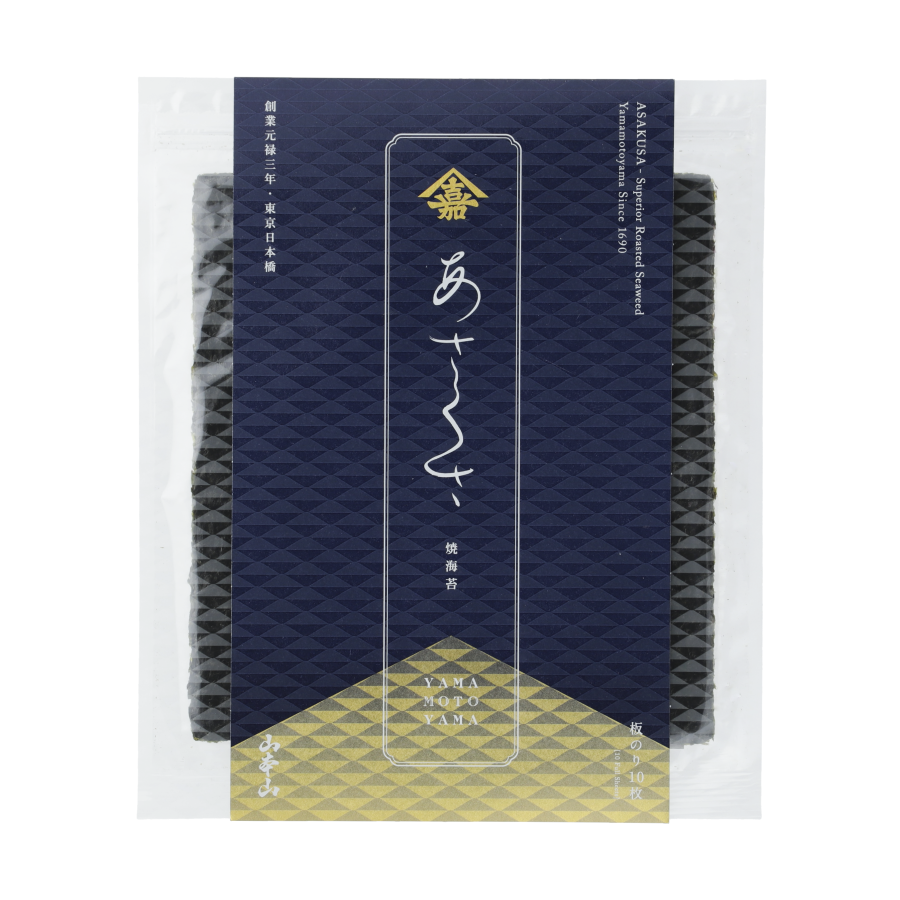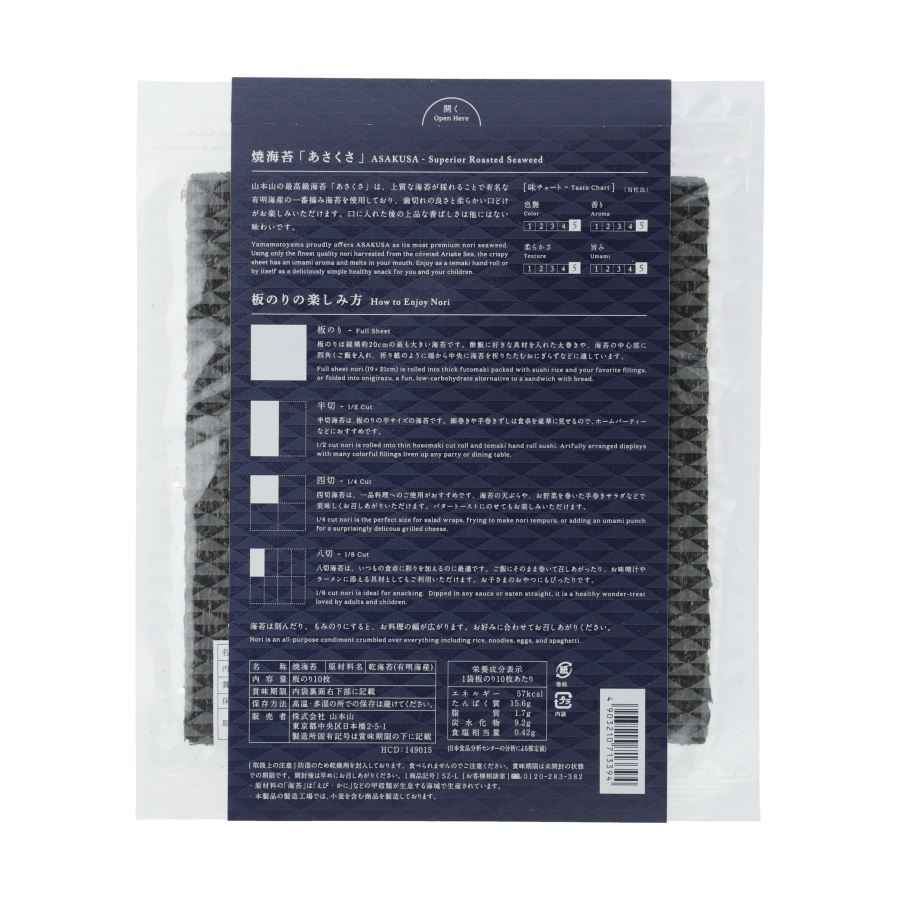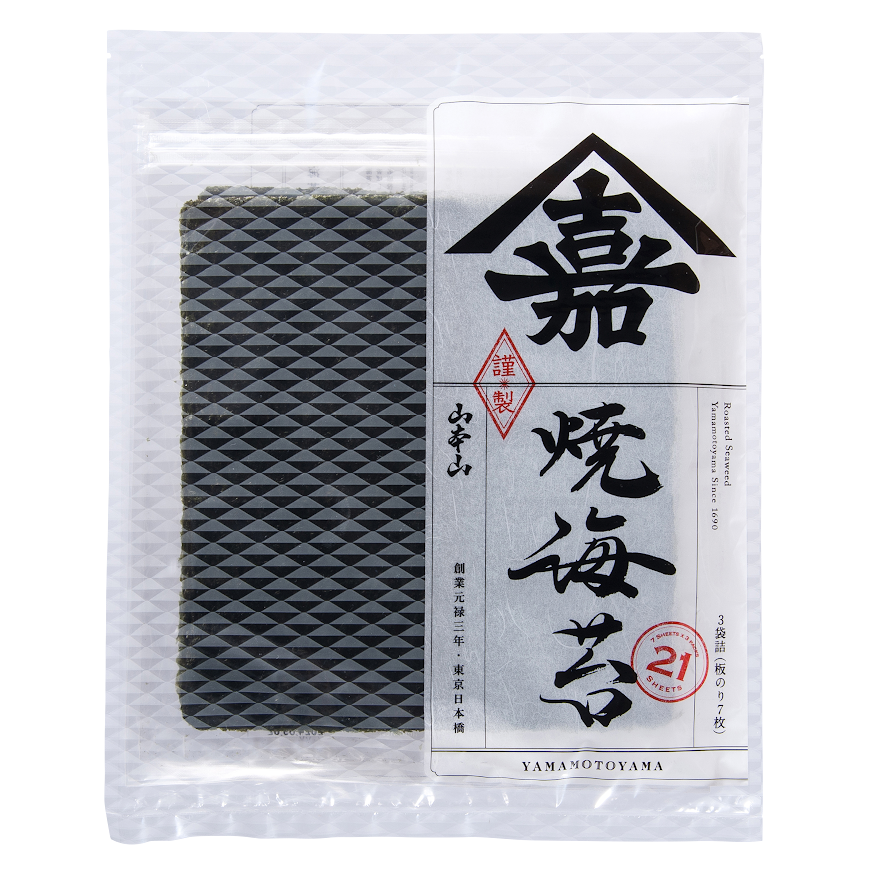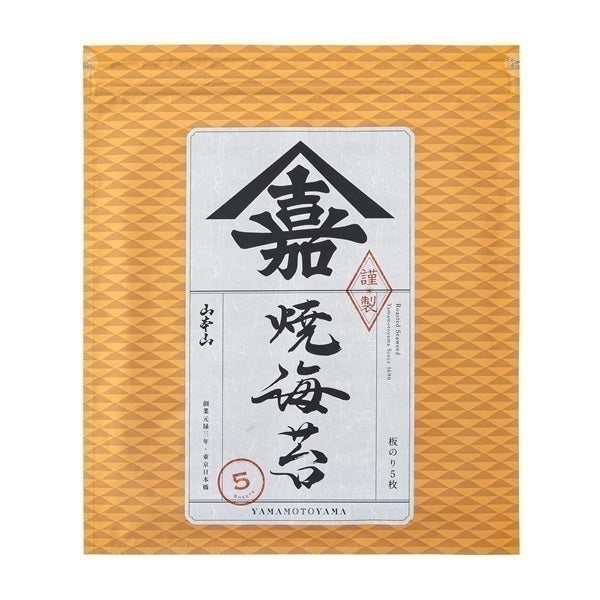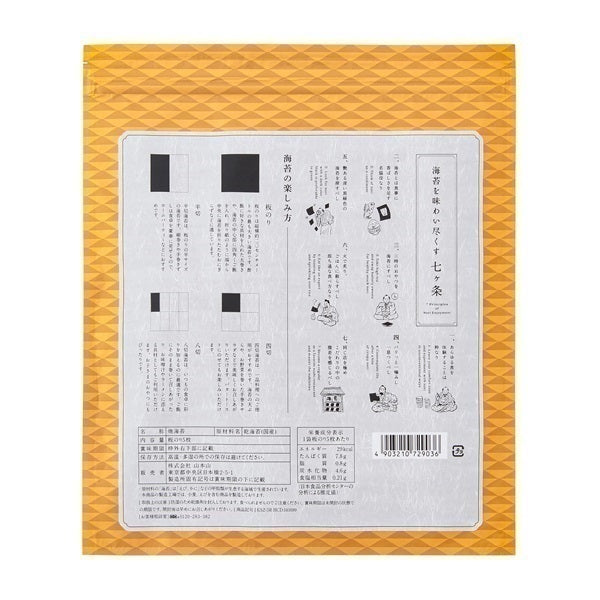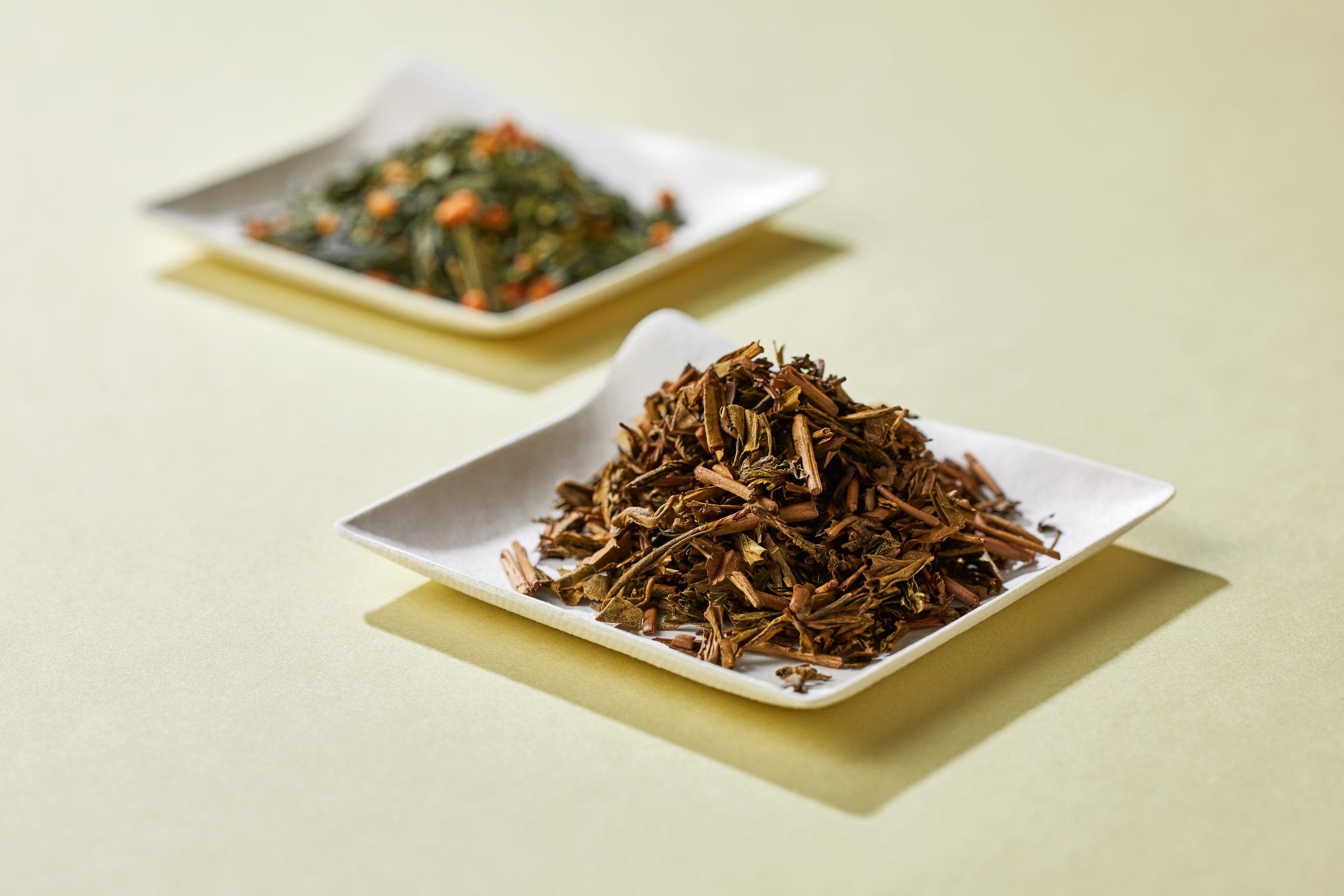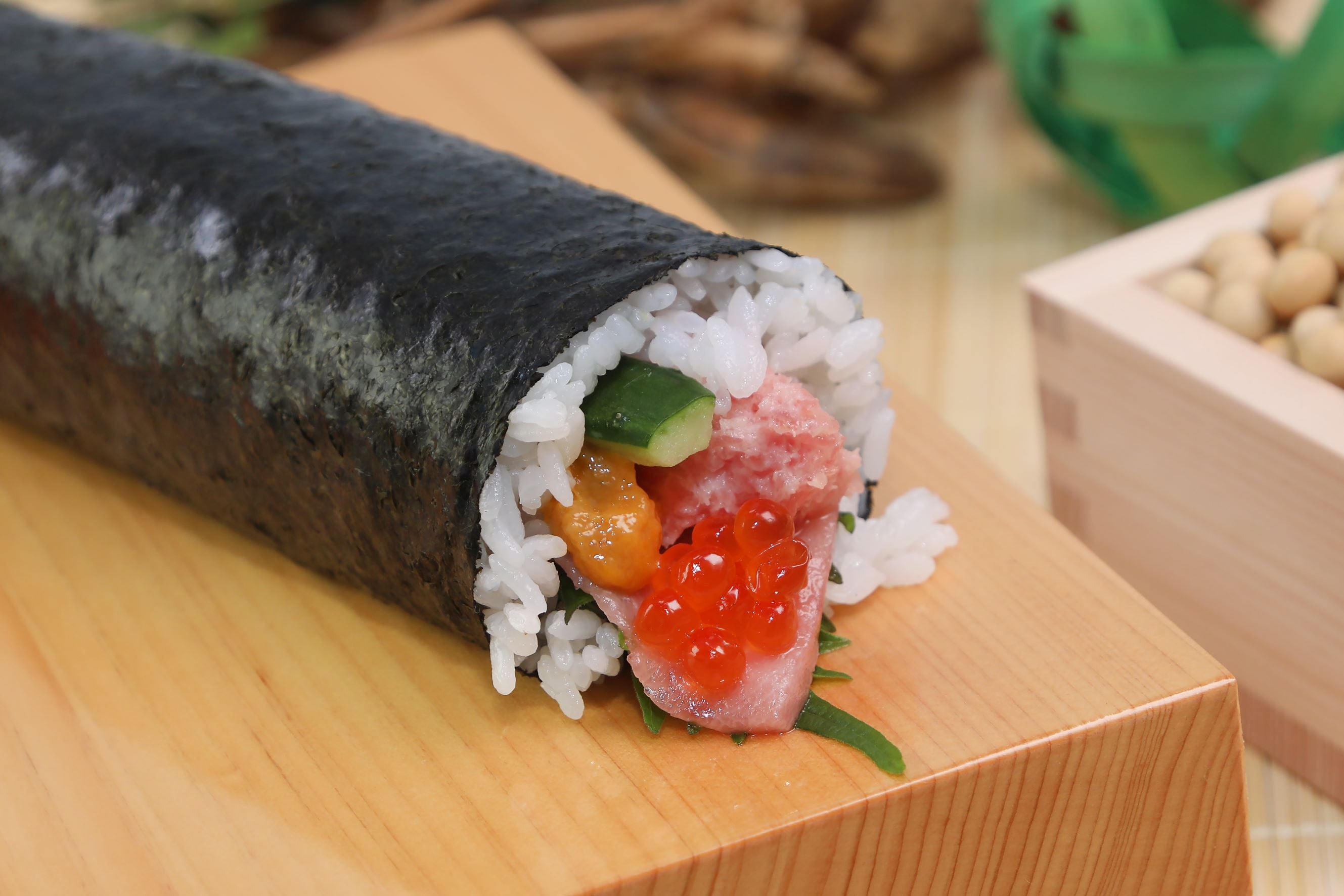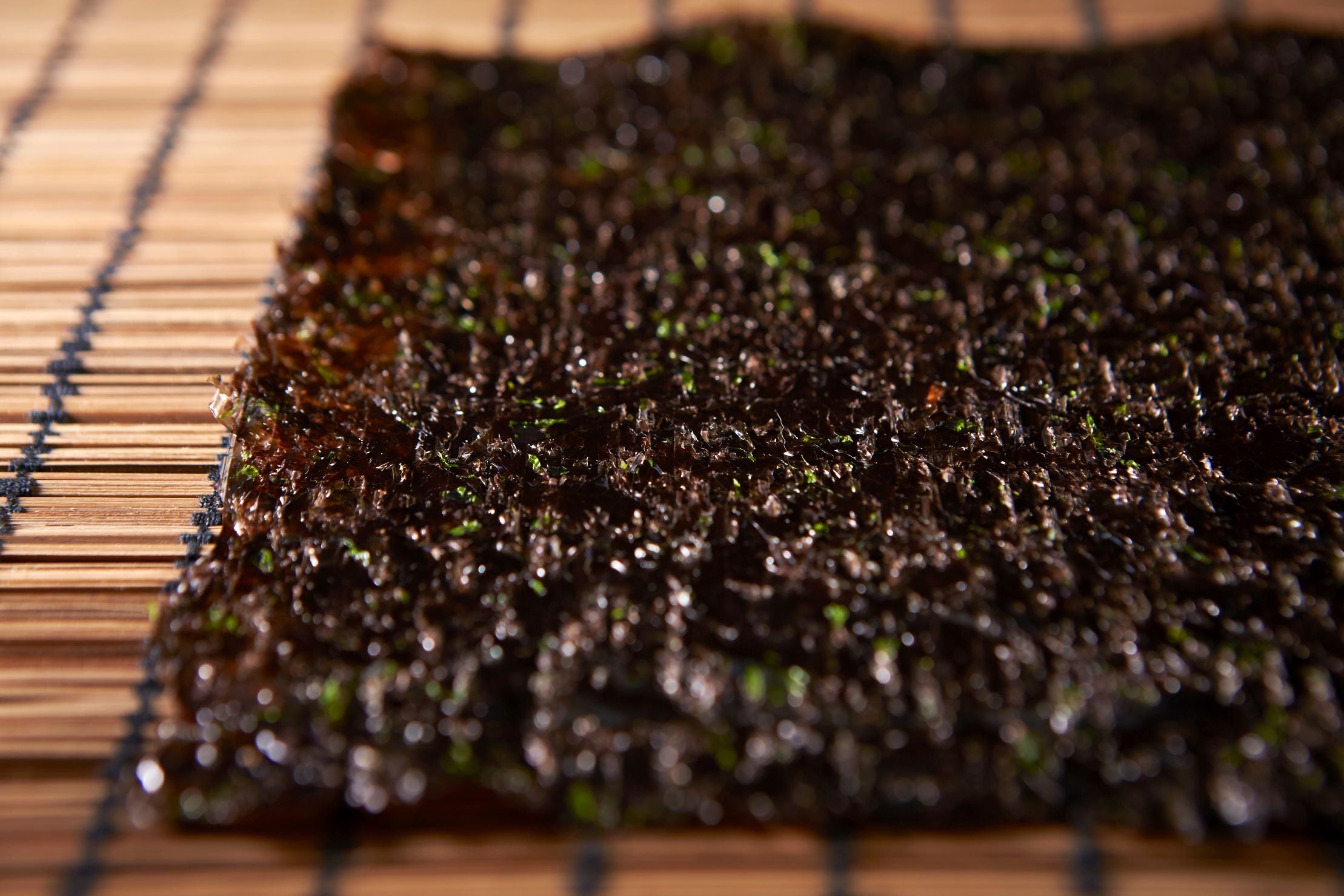
The taste of seaweed varies depending on where it is produced.
The taste of seaweed varies depending on where it is produced.
The taste of seaweed varies depending on where it is produced. This is because the quality and flavor of the seaweed changes depending on the cultivation method, the composition of the seawater, the climate, and other factors.
When it comes to seaweed, Ariake is the first to come to mind, followed by Setouchi. The Ariake Sea in particular produces more than half of the seaweed produced in Japan. 
Characteristics of Ariake Nori Seaweed
The Ariake Sea is well suited to seaweed farming, with its large tidal range and vast tidal flats. The seaweed produced using a unique cultivation method called the "pillar method," in which nets are stretched across poles erected on the seabed, is extremely soft, with a melt-in-the-mouth texture, a mellow sweetness, and a crisp texture.
It is so soft that it will melt if left with rice, which has a high moisture content, for a long time. It is delicious when dipped in a little soy sauce and wrapped around rice, or when rolled up just before eating, such as in hand-rolled sushi. 
Characteristics of Setouchi Nori Seaweed
On the other hand, the Seto Inland Sea has fast tidal currents and good water quality, making it also suitable for seaweed farming. Unlike the Ariake Sea, floating farming is the norm there, taking place in deep waters.
As the nets are always submerged in the ocean and not exposed to sunlight, the seaweed is black in color and is firmer and chewier than Ariake nori, with a crispy texture when eaten.
It is firm and does not easily lose its shape, making it ideal for making rice balls and thick rolls. 
Summary of Nori's main production areas and flavor characteristics
- Ariake Sea: This is the largest production area, accounting for about half of the seaweed produced in Japan. Seaweed from the Ariake Sea is characterized by its softness, sweetness, and strong fragrance.
- Seto Inland Sea: Nori cultivated in the Seto Inland Sea, which has calm waves and good water quality, is characterized by its thick, firm texture.
- Ise Bay: Nori cultivated in Ise Bay, which has fast currents and is rich in nutrients, is characterized by its crisp texture and the aroma of the seashore.
- Tokyo Bay: Nori from Tokyo Bay has a better fragrance and is slightly firmer than seaweed from other areas.

Factors that affect the taste of seaweed
Other factors that affect the taste of seaweed include:
- Cultivation method: The quality and flavor of seaweed varies depending on the cultivation method, such as pole culture or floating culture.
- Harvesting time: Early spring nori is soft, while late autumn nori is thicker.
- Processing method: The taste and flavor of seaweed also changes depending on the drying method and seasoning.
Nori comes in a variety of flavors and tastes depending on the place of origin, cultivation method, harvest time, processing method, etc. We encourage you to try and compare nori from different regions to find the one that suits your taste.

